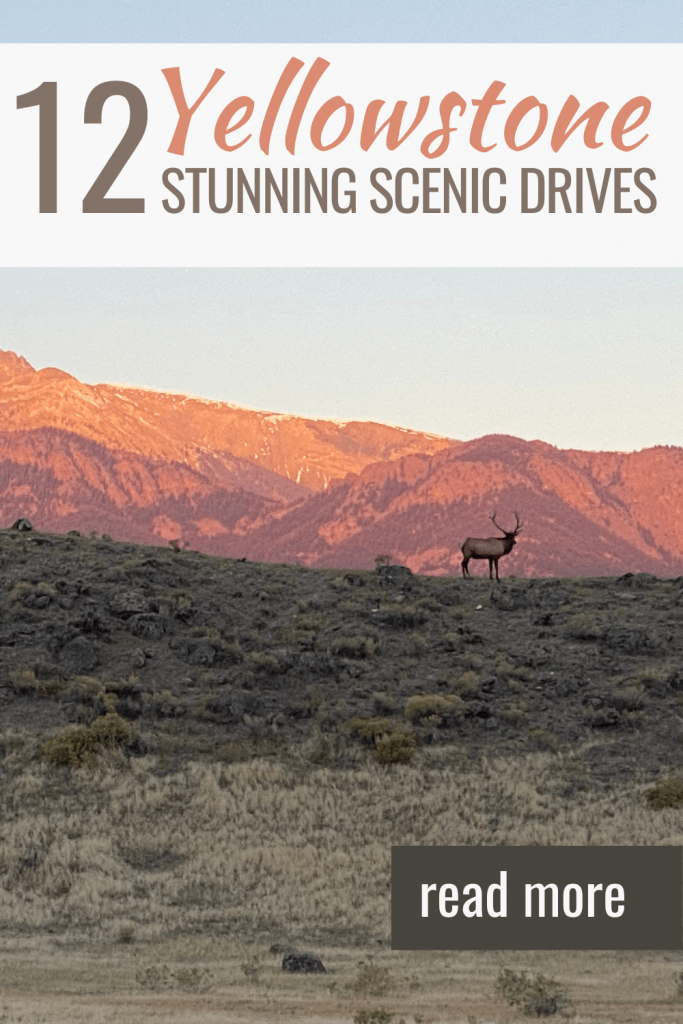While Yellowstone offers many hiking opportunities, much of the park can be viewed from your car or after a short walk. Yellowstone boasts an incredible diversity of wildlife and most of it can be seen during these drives. You might see elk, bison, or even bears! Many of these routes are also perfect for fall colors, so be sure to plan your visit accordingly. We’ve compiled 12 of the most scenic drives you can find all across the park…just be sure to watch for wildlife crossing!
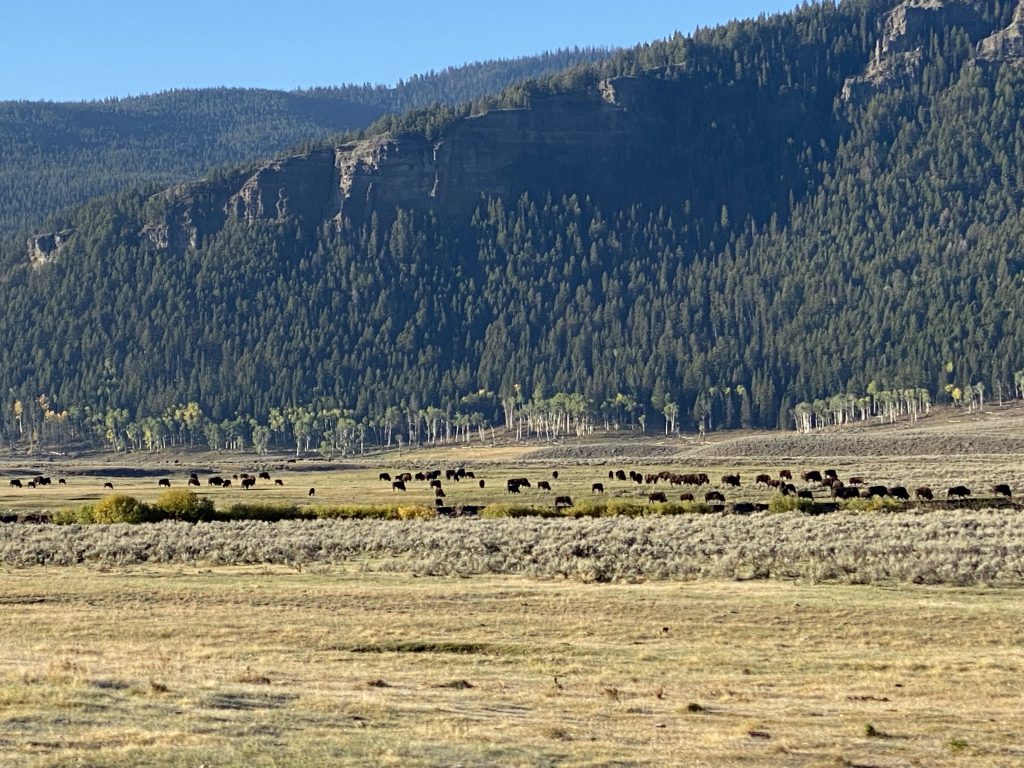
Lamar Valley
Along Route 212 and through Lamar Valley is perhaps the best place in all of Yellowstone to observe the herds of wild Bison that call the park home. Starting from the northeast entrance gate near Cooke City, Montana, drive west on Northeast Entrance Road. and you’ll find yourself in Lamar Valley within 10 minutes. The road stretches on for a little less than 30 miles, and along the way to Tower Junction. You’ll see not just Bison, but also wolves, pronghorns, elk, and even grizzlies!
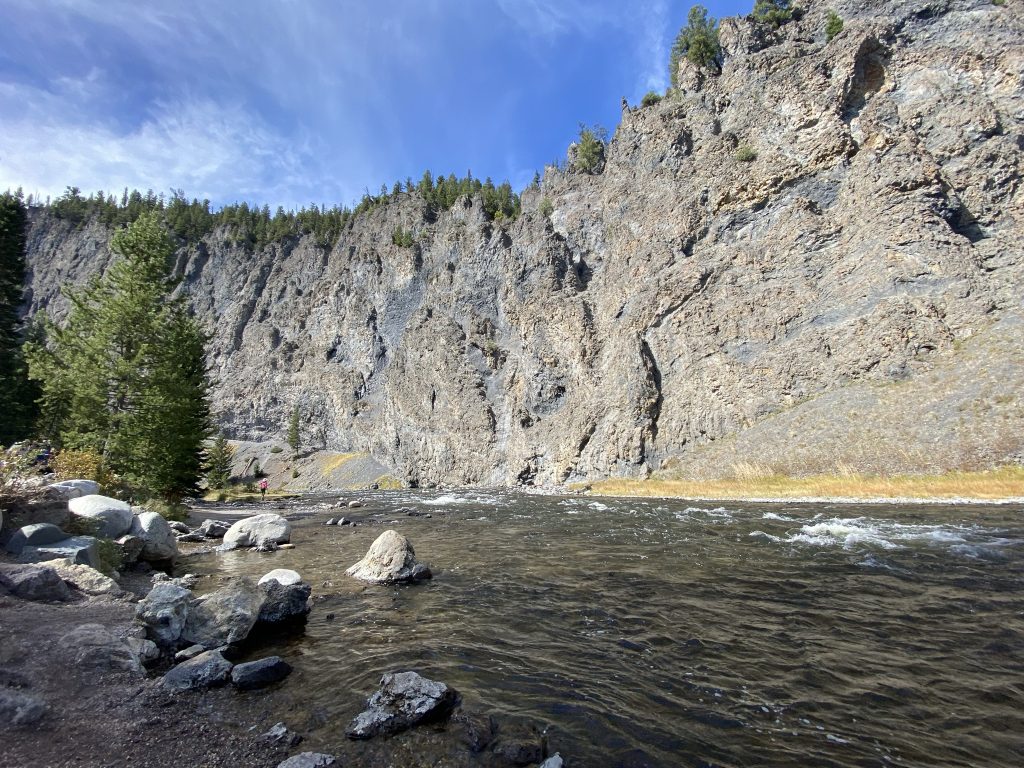
Firehole Canyon Drive
Though Firehole Canyon Drive is on the shorter end of the members of this list, don’t let that dissuade you from the experience. A hidden gem between the pine trees, this one-way, two-mile drive whisks you through the same canyon in which the Firehole River flows, beyond the falls and over to a swimming area, with areas to stop and observe both along the way. The swimming area may be closed however in spring due to fast-moving water. When open, the parking lot fills quickly.
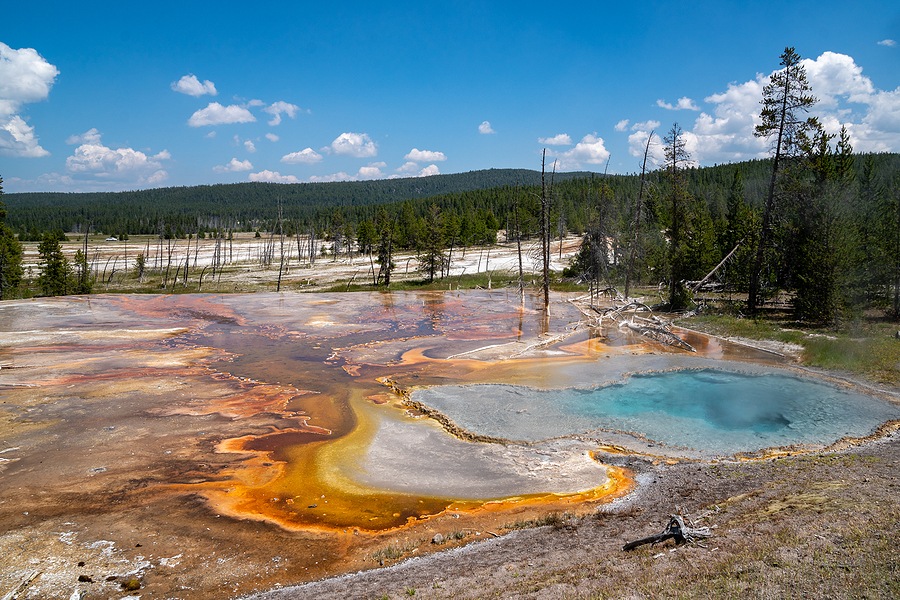
Firehole Lake Drive
Just barely 7 miles north of the Old Faithful interchange, Firehole Lake Drive takes visitors on a trip through the lower geyser basin. This drive is home to no shortage of notable features; from Firehole Spring and White Dome Geyser to Pink Cone Geyser, Firehole Lake, and even more. Anticipate more than a handful of stops along the way!
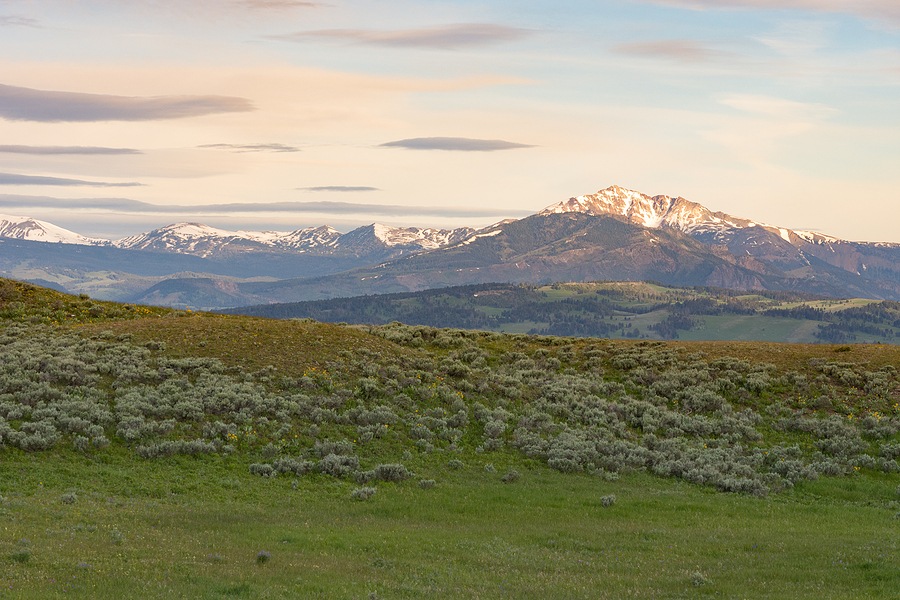
Blacktail Plateau Drive
Looking for a quick retreat into some solitude? Try a tour down Blacktail Plateau Drive. Traversing the 6-mile dirt road drive is a bit slower than taking the main road, however, it is easier both to see wildlife and enjoy the views. After a handful of curves and bends, the road will start to descend as you get closer to Tower Junction and meet up with Grand Loop Road again. With plenty of picturesque spots for photos, expect this drive to take about half an hour or so.
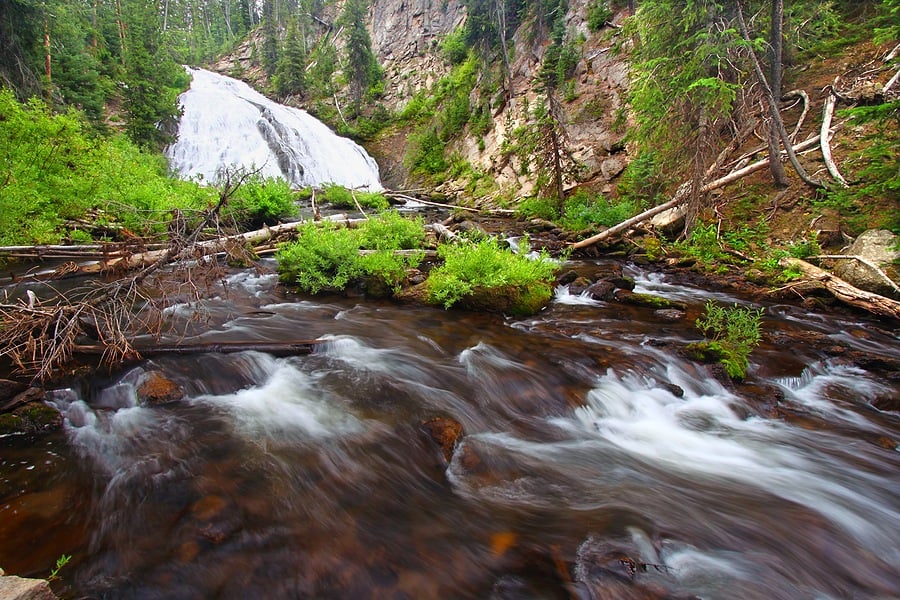
Virginia Cascade Drive
Looking to see one of Yellowstone’s iconic waterfalls, but wanna stay out of the splash zone? Take a trip down Virginia Cascade Drive. Though most of this short road is fairly narrow, Virginia Cascade is a pretty wide waterfall. There are a few nice spots to stop and get out where you can stand next to the edge and get a great photo without any cars in the way.
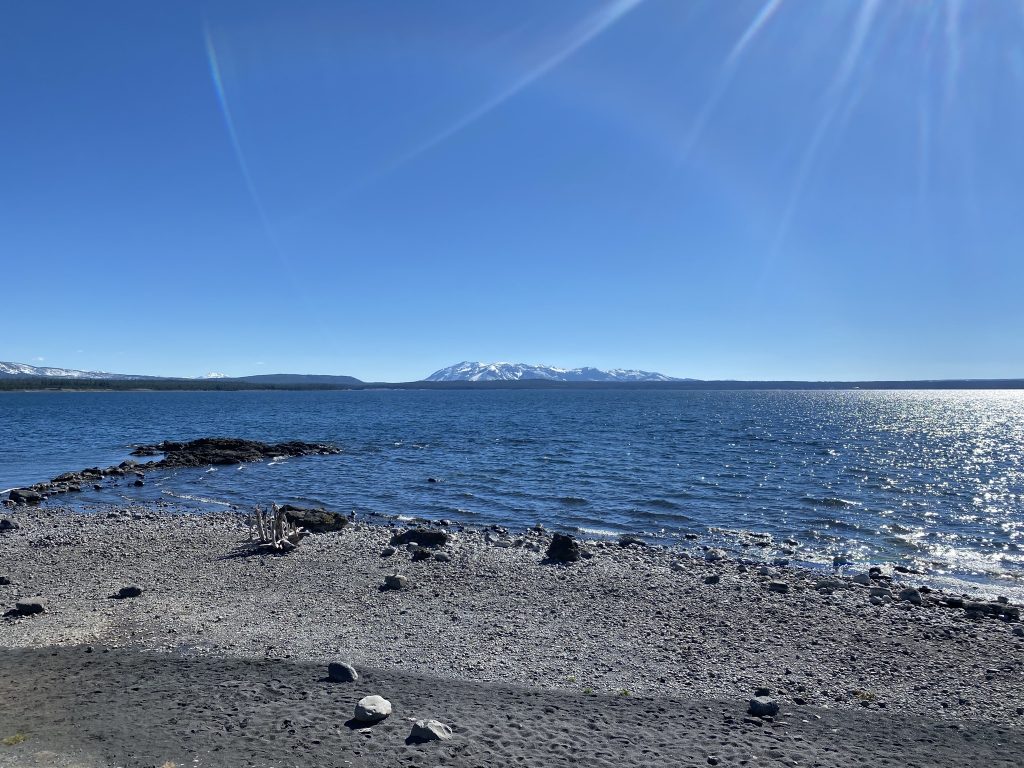
Gull Point Drive
Just off the Grand Loop Road is where you’ll find a quick little detour in Gull Point Drive. With a nice little picnic area among the shady trees and a view of the Lake Yellowstone Hotel over the water, Gull Point Drive makes for an excellent lunchtime stop on your way across the park.
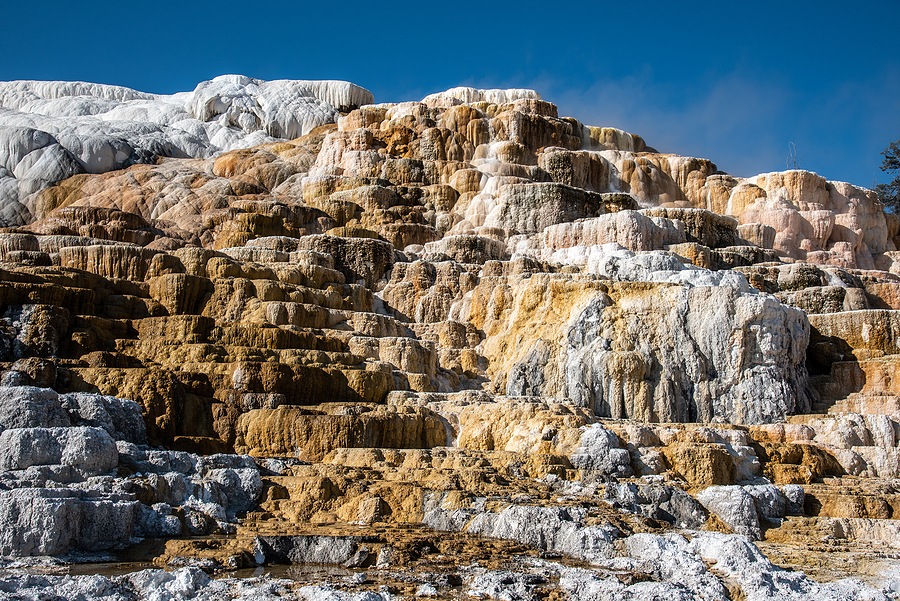
Upper Terrace Drive
Atop the Mammoth Terraces, Upper Terrace Drive can take you for a guided trip through the forest to a number of geothermal features not visible from the main roads. The start of the drive sports a parking lot with access to the lower terrace boardwalk and provides an amazing view of Mammoth Village below as well as mountain peaks from the Gallatin Range in the background. Plenty of other good spots to stretch your legs and get more scenic photos along the drive as well between Mammoth Hot Springs and Travertine Terraces.
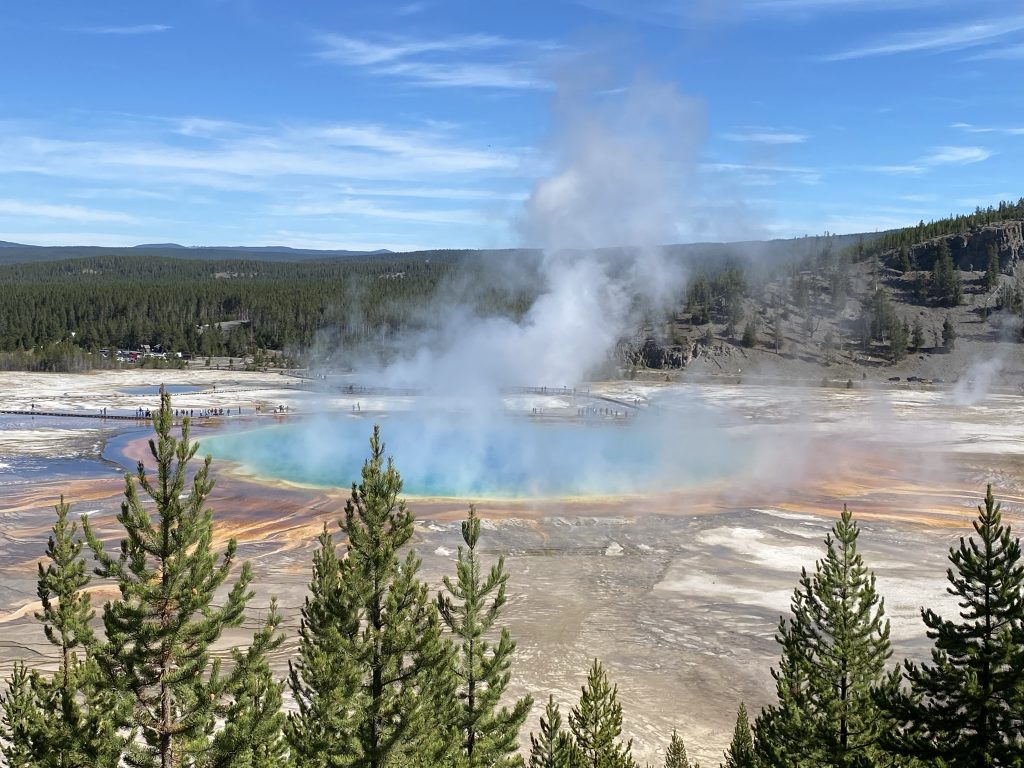
Lower Grand Loop Road
Compared to the Upper Loop, the Lower Loop tends to be the more popular route, and for good reason; it holds a greater share of thermal features, including Old Faithful, Yellowstone Lake, and the Grand Canyon of the Yellowstone. With more points of interest along the 96-mile loop than you could fit into multiple days, you’ll find no shortage of natural beauty and photo opportunities along the entire lower route.
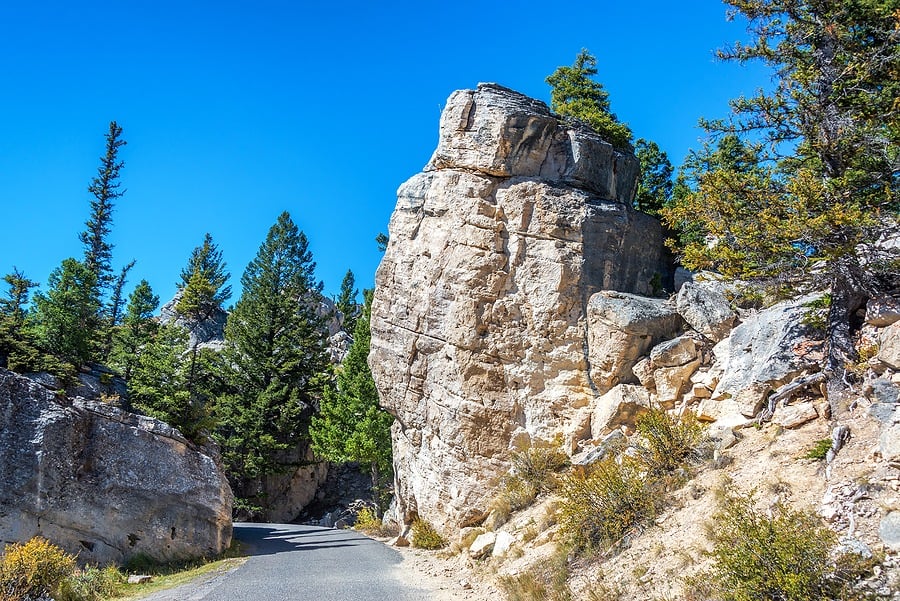
Upper Grand Loop Road
Though the sights along the Upper Grand Loop aren’t as widely recognized as those of its cousin, don’t let that dissuade you. Roughly 142 miles in radius, some of the most underappreciated sights along the Upper Grand Loop include Gibbons Falls, Artists Paint Pots, Hoodoos, Mammoth Hot Springs, Wraith Falls, and Tower Fall.
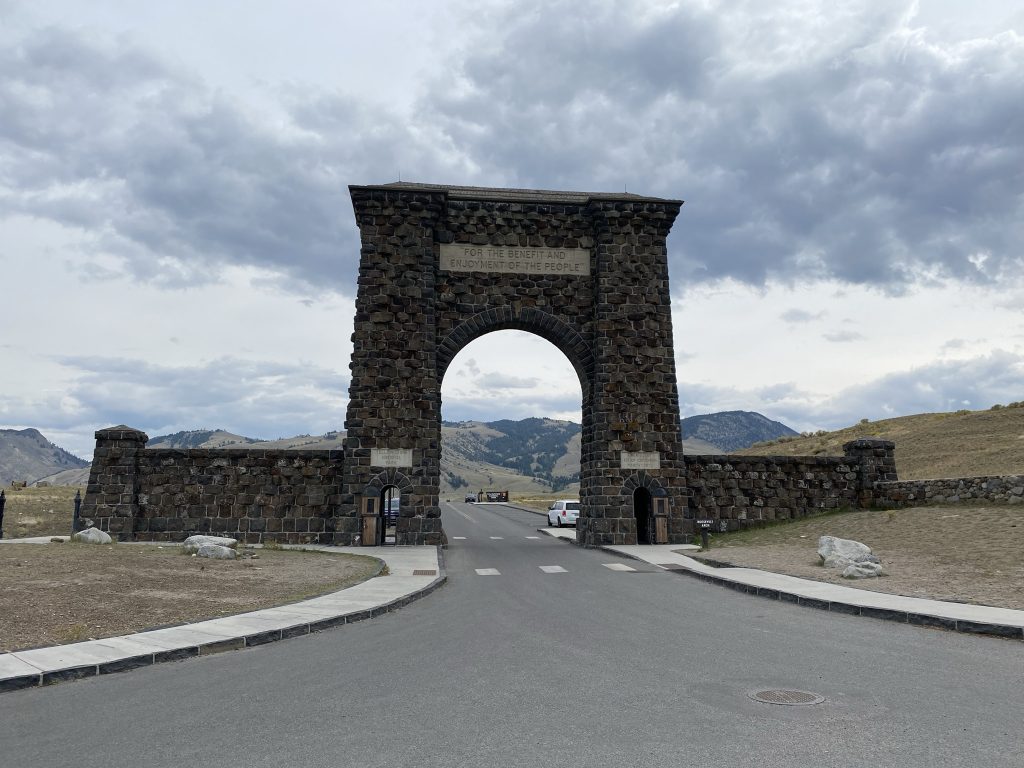
Old Gardiner Road
Looking for some more historical authenticity on your trip? Try taking a trek along Old Gardiner Road. Roughly 5 miles in length, this dirt road runs parallel to the paved road from Mammoth to Gardiner, but cuts through the hills west of the main road rather than along the Gardner River. Originally set up as an 1880s stagecoach route, the road winds across sagebrush hillsides, allowing for more open and dramatic views of the northernmost sector of Yellowstone. Starting from behind the Mammoth Hot Springs Hotel, the one-way dirt road ends at the North Entrance Gate.
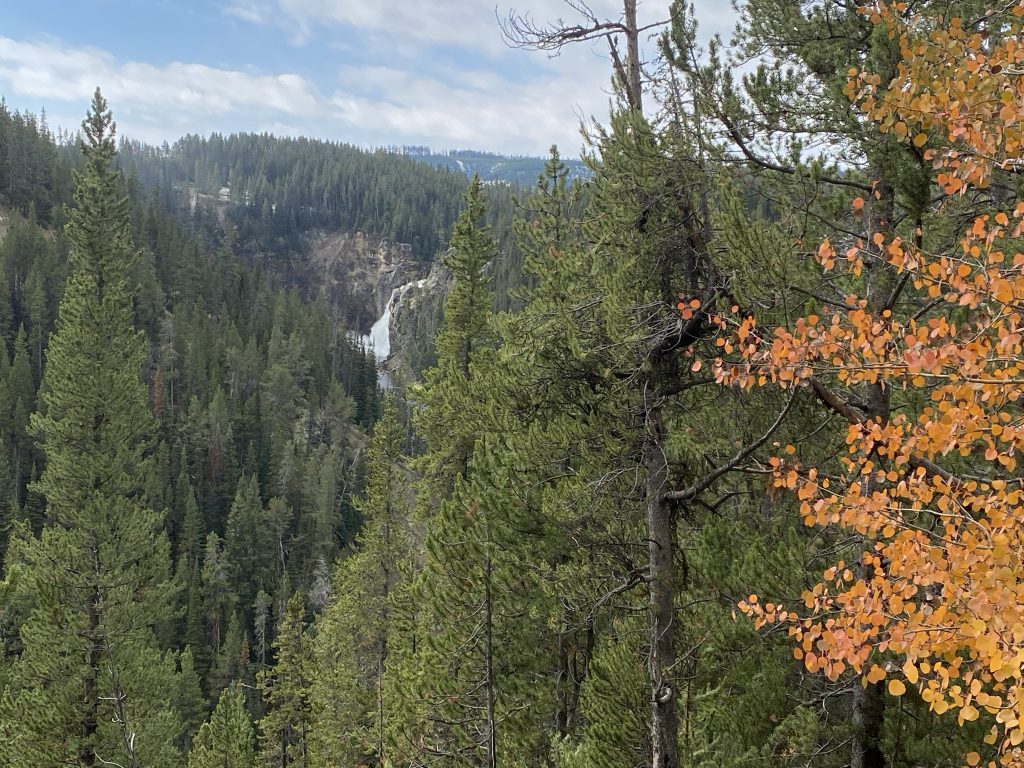
North Rim Drive
Don’t be fooled by the short length of this drive, because there’s about as much packed into what’s along it as possible! Traversing the Northern Rim of the Grand Canyon of the Yellowstone, this drive begins just south of Canyon Village on the Canyon/Lake road. Bountiful spots that each offer their own unique look into the canyon, as well as the upper falls litter the sides of the road, many having wheelchair access.
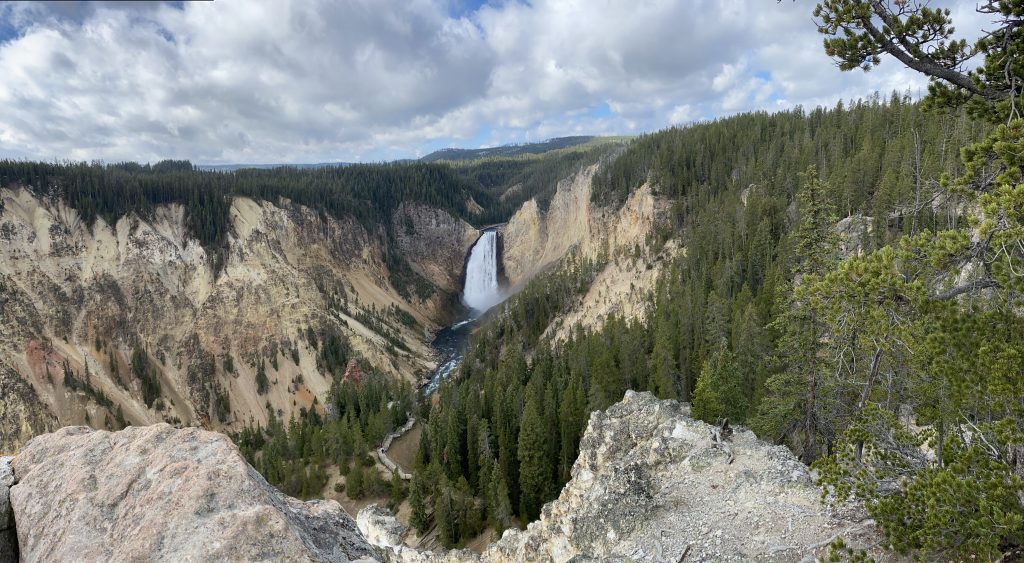
South Rim Drive
Another short yet packed drive, this path along the Southern Rim offers varying spots where you can see both the Upper and Lower Falls, some of which are available just a few hundred feet from the start! Artist’s Point near the end of the drive offers a view of the Lower Falls in the distance paired with yellowed canyon walls on both sides along with the Yellowstone River. The trailhead for Wapiti Lake Trail and an accompanying picnic area can also be found to the right of the parking lot towards the start of the drive.
